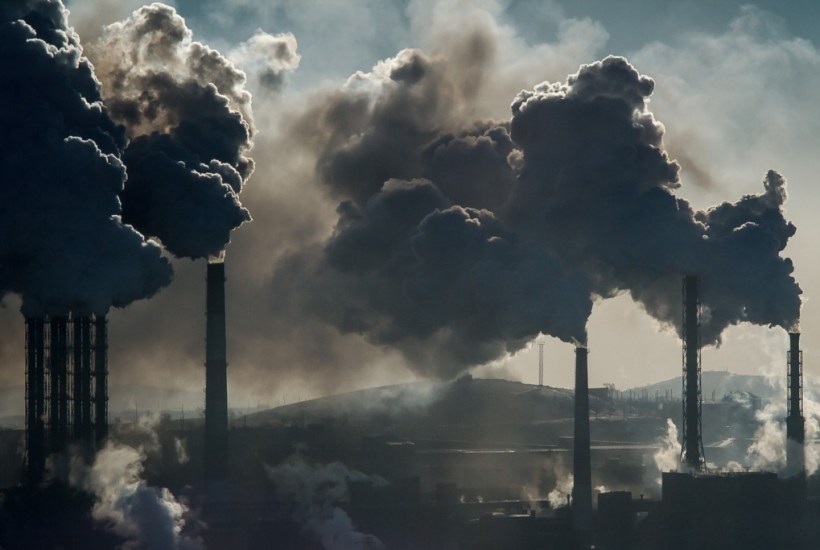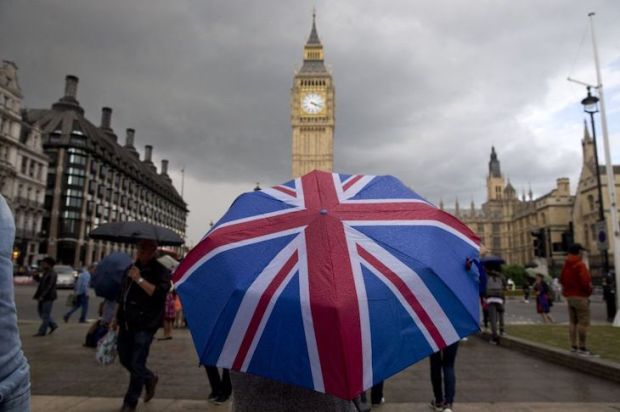At midnight last night Britain passed a milestone: it was two months since a coal plant anywhere in the country fed any electricity into the national grid. You have to go back to the 1880s for the last time this occurred – to 1882, to be precise, when a single coal-fired power station was opened in Holborn to feed the street lights. Unsurprisingly, the moment has caught the imagination of the green lobby which have hailed it as a triumph for renewable energy.
Maybe not so fast. Few will mourn the passing of coal, which is the dirtiest form of electricity generation and which might have passed into history before now, had we been more enthusiastic about developing a shale gas industry. But the coal hard reality is that we are still a long, long way away from ending our dependence on fossil fuels. The contribution from wind and solar, in particular, is hugely inflated in the popular imagination.
This was the situation at 11 am this morning. Britain was consuming 32.3 GW of electricity. On this, 18.2 GW came from gas plants and 4.2 GW from nuclear plants. Solar – in the middle of the day, in the brightest month of the year – was producing 2.4 GW and wind 1.7 GW. In fact, we were importing more electricity from France (1.4 GW) and Belgium (0.6 GW) than was being generated by British wind farms. You can keep an eye on the current picture here.
We often see a figure published for ‘renewables’ – which accounted for 37 per cent of electricity generation last year. These lump wind and solar with a variety of other things, including hydro and biomass. Easily the largest component of renewable energy feeding into the grid this morning was biomass – which accounted for 3.6 GW at 11am this morning. This includes the burning of wood pellets imported from the US as well as the burning of waste in Britain. Neither are necessarily what spring into the minds of most people when they think of environmentally-friendly forms of energy. On some calculations – it depends very much where the wood is harvested, what replaces it and how it is transported to a UK power station to be burned – it can be even dirtier, in terms of carbon emissions, than coal.
The above figures, it needs to be emphasised, are just for electricity generation – they do not cover all energy use. By all means celebrate the end of thermal coal, but anyone who thinks that the UK energy system has suddenly made a great green breakthrough needs to study the figures a little more closely. We are going to be dependent on fossil fuels for a long time to come – including coal, which remains, and will remain for the foreseeable future, an essential ingredient of the steel-making process.
Got something to add? Join the discussion and comment below.
Get 10 issues for just $10
Subscribe to The Spectator Australia today for the next 10 magazine issues, plus full online access, for just $10.





















Comments
Don't miss out
Join the conversation with other Spectator Australia readers. Subscribe to leave a comment.
SUBSCRIBEAlready a subscriber? Log in